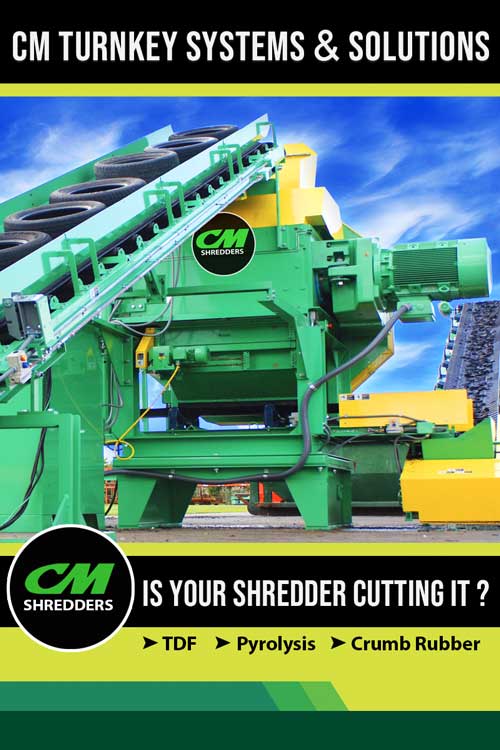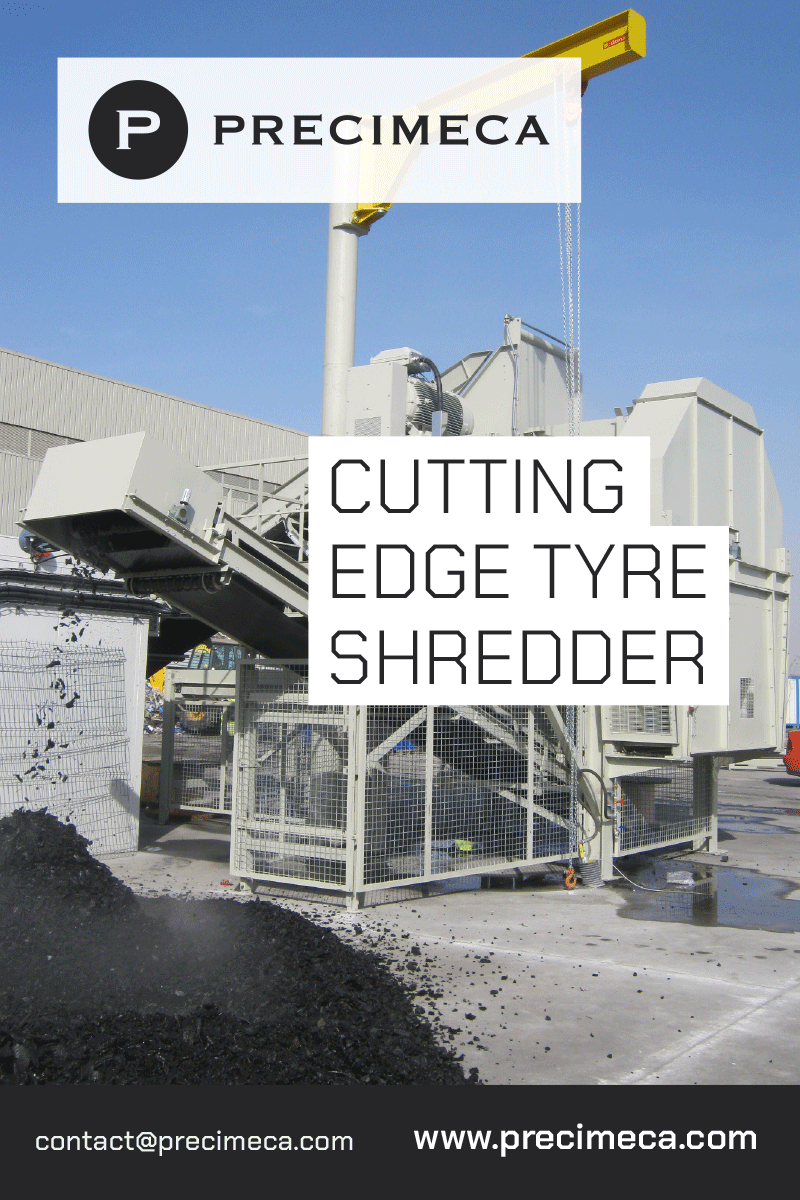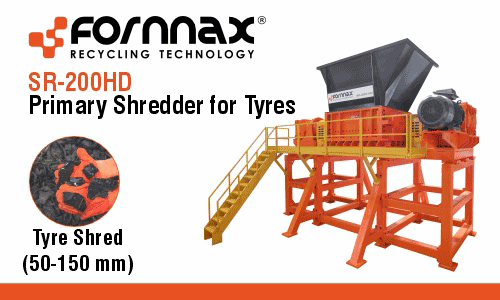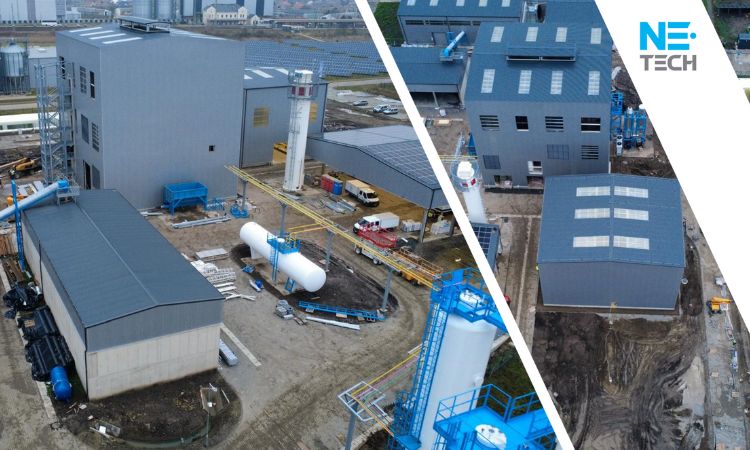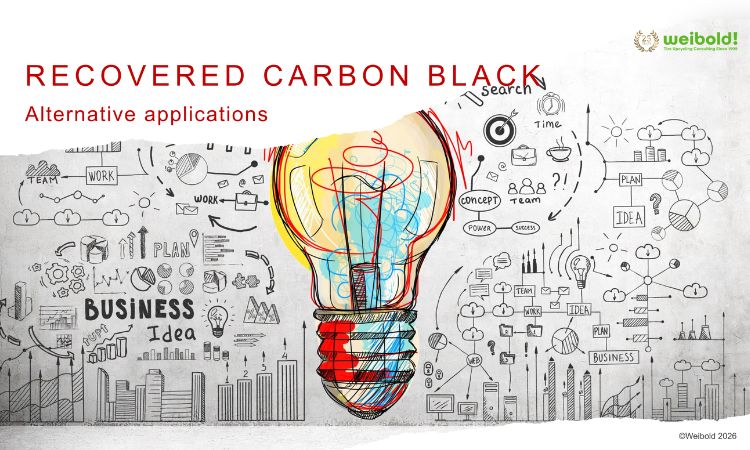Researchers call for unified approach to studying tire wear emissions
Geneva, August 6, 2025 – A recently published series of scientific papers is calling for action to strengthen research and harmonize methodologies for measurement and assessment of tire wear emissions.
The series, titled “State of Knowledge: Tire wear emissions during the use phase,” is the most comprehensive review of its kind, analyzing more than 850 peer-reviewed scientific publications from the last 40 years. It reveals how the current knowledge base on tire wear emissions is scattered, inconsistent and inconclusive, due to varying approaches and assumptions. The papers summarize the main observations on the topic, as well as highlight the data gaps, emphasizing the need for additional scientific investigation with a common approach across tire industry stakeholders.
Supported by the Tire Industry Project (TIP), the series consists of three distinct papers, each addressing a critical layer of tire wear emission knowledge. The first two published papers focus on the characterization of tire wear emissions and assessment of their environmental impact. The third paper, expected to be published in late 2025, will focus on potential health impacts.
Dr. Stephan Wagner, a guiding force behind the papers, explains, “The topic of tire wear emissions is extremely complex, multi-dimensional, and unfortunately only partially understood. While notable progress has been made over the years in analyzing such emissions, significant knowledge gaps and inconsistencies prevent a full understanding of their behavior and impact. Until these gaps are closed, there is a growing concern that decisions about tire emissions could be based on incomplete science. Resolving this requires all stakeholders—academia, industry and policymakers—to collaborate and drive for consistency, built on shared research and assessment models such as those proposed in our papers.”
Larisa Kryachkova, Executive Director at the Tire Industry Project remarks, “Ever since our inception 20 years ago, our mission has been to strengthen scientific foundations to drive industry action. The SOK underscores why we need a concerted, multi-stakeholder response to close the knowledge gaps, now more than ever. It also reinforces our ambition to build a more open, collaborative research ecosystem, through initiatives such as the Open Call for Projects and the upcoming Tire Emissions Research Conference at MIT in Boston.”
The main findings and recommendations of the two papers are as follows:
Paper 1: Tire emissions during the use phase of tires—current and future trends
This paper delves into the characterization and quantification of tire wear emissions and finds:
- Importance of characterization: To understand the impact, we need clear data on what kinds of emissions are released, how they are released and where they end up in the environment.
- Different types of emissions: Tire wear emissions are not limited to particle release, but volatile and dissolved compounds as well. “Particulate” tire wear occurs in the environment as Tire and Road Wear Particles (TRWP), which consist of a mixture of tire tread, road pavement, brake systems, and mineral dust deposited at the road pavement. In comparison, “Volatiles” may occur directly from the tire during use or from released particles, while “Dissolved” compounds or “Leachables” can occur both from the tire directly if roads are wet or through abraded tire wear.
- Conceptual Exposure Model: To assist risk characterization of tire emissions, the paper proposes a Conceptual Exposure Model (CEM), offering insights into the underlying mechanisms of emissions generation, the parts of the environment that may be affected, the potential exposure of relevant entities and the pathways through which this exposure may occur.
- Parameters affecting tire wear emissions: Various factors affect tire wear emissions, including driving style (speed, frequency of acceleration and braking, cornering and vehicle load) and road conditions (congestion, bends, and road surface).
- Standardization is critical: The paper proposes a tiered measurement framework for TRWP and calls for the scientific community to adopt more robust, standardized protocols to enable reliable comparisons and informed decisions.
Paper 2: Risk assessment of tire wear in the environment—a literature review
This paper evaluates whether current knowledge is sufficient for robust environmental risk assessment and finds:
- Current data is insufficient: While initial screening suggests that the risk from most TRWP in water and soil is generally lower down the priority list, there is insufficient data on tire leachables and volatiles to make a full assessment due to inconsistent hazard data.
- Testing methods vary: The lack of harmonized testing protocols makes it difficult to compare studies or draw definitive conclusions—highlighting the need for universally accepted guidelines.
- Adapting existing frameworks: While there’s no agreed upon method for assessing tire wear emissions, existing frameworks for microplastics could be a good starting point, with some adjustments to fit the unique nature of tire wear emissions.
- Tiered hazard assessment: A tiered approach for hazard assessment is proposed, starting with tests of lab-generated materials such as Cryogenically Milled Tire Tread (CMTT) and progressing to more realistic conditions.
- Call for collaboration: All stakeholders—industry, policymakers, and academia—are encouraged to work together to develop harmonized guidelines for sampling, analysis, and hazard assessment.
To ensure an unbiased perspective, both papers were elaborated and discussed with external scientists including TIP’s Assurance Group members Dr. J. Spengler from Harvard University and Dr. How Yong from Beijing Normal University, as well as with the Advisory Panel expert Dr. T. Mincer from Florida Atlantic University.
“We are pleased with how the SOK project has evolved and the role it can play in ensuring a collective understanding of tire wear emissions, cutting through the misinformation. It has been an intense team effort for the past two years, and we appreciate how TIP supported this project, while maintaining our independence and autonomy. We hope that these papers will encourage the scientific community and serve as a catalyst for further research and standardization,” concludes Wagner.
Original article by Tire Industry Project.
Weibold is an international consulting company specializing exclusively in end-of-life tire recycling and pyrolysis. Since 1999, we have helped companies grow and build profitable businesses.

